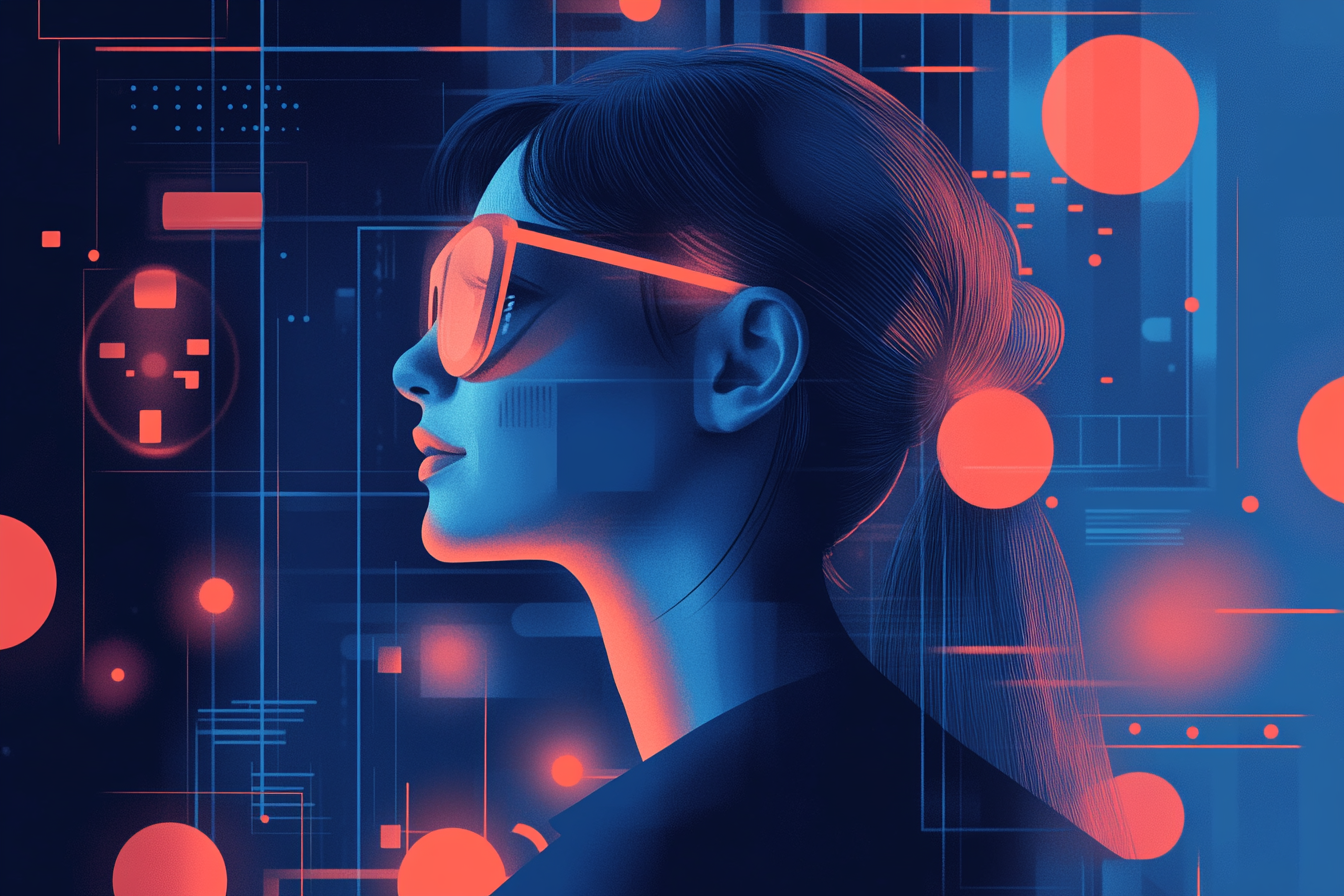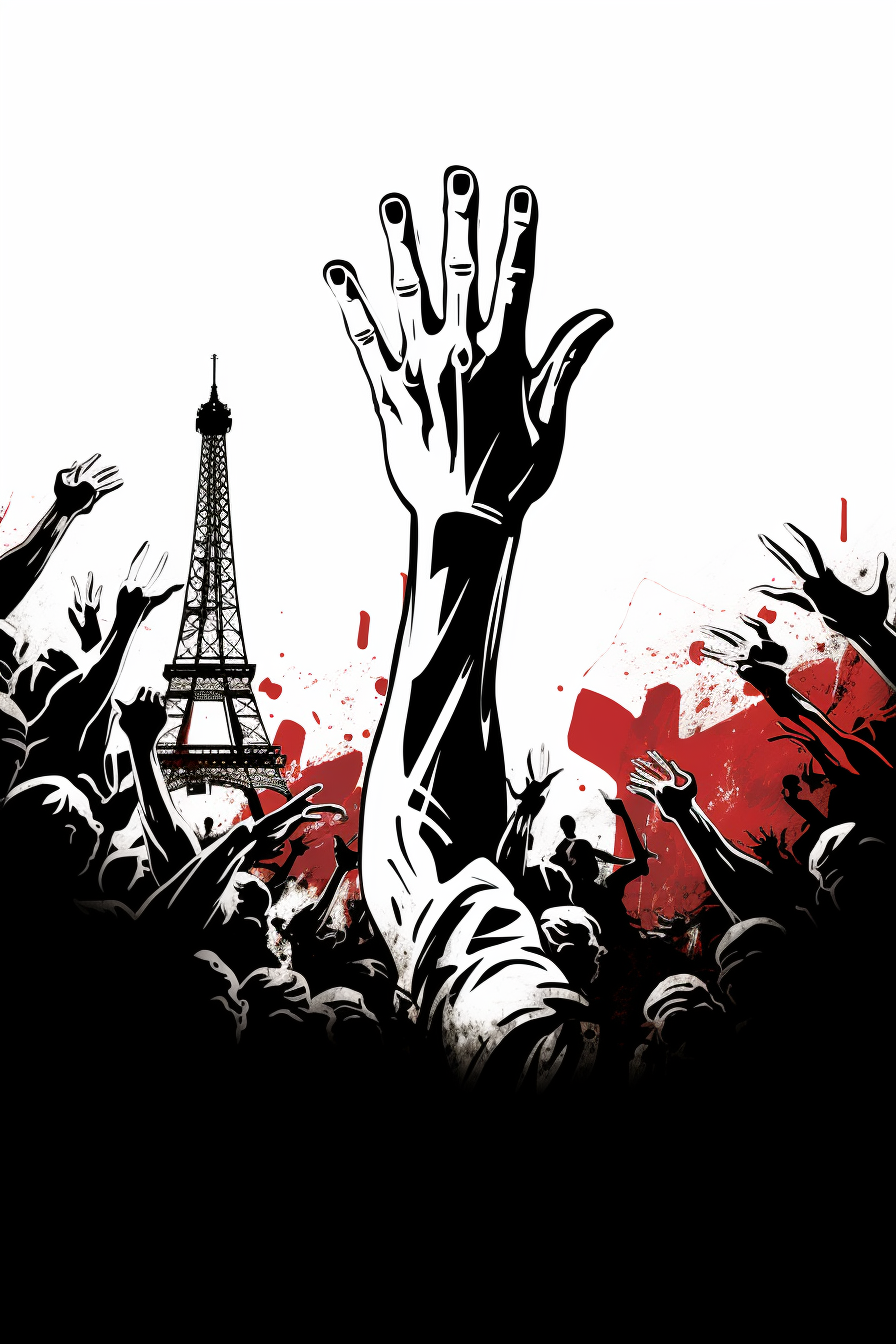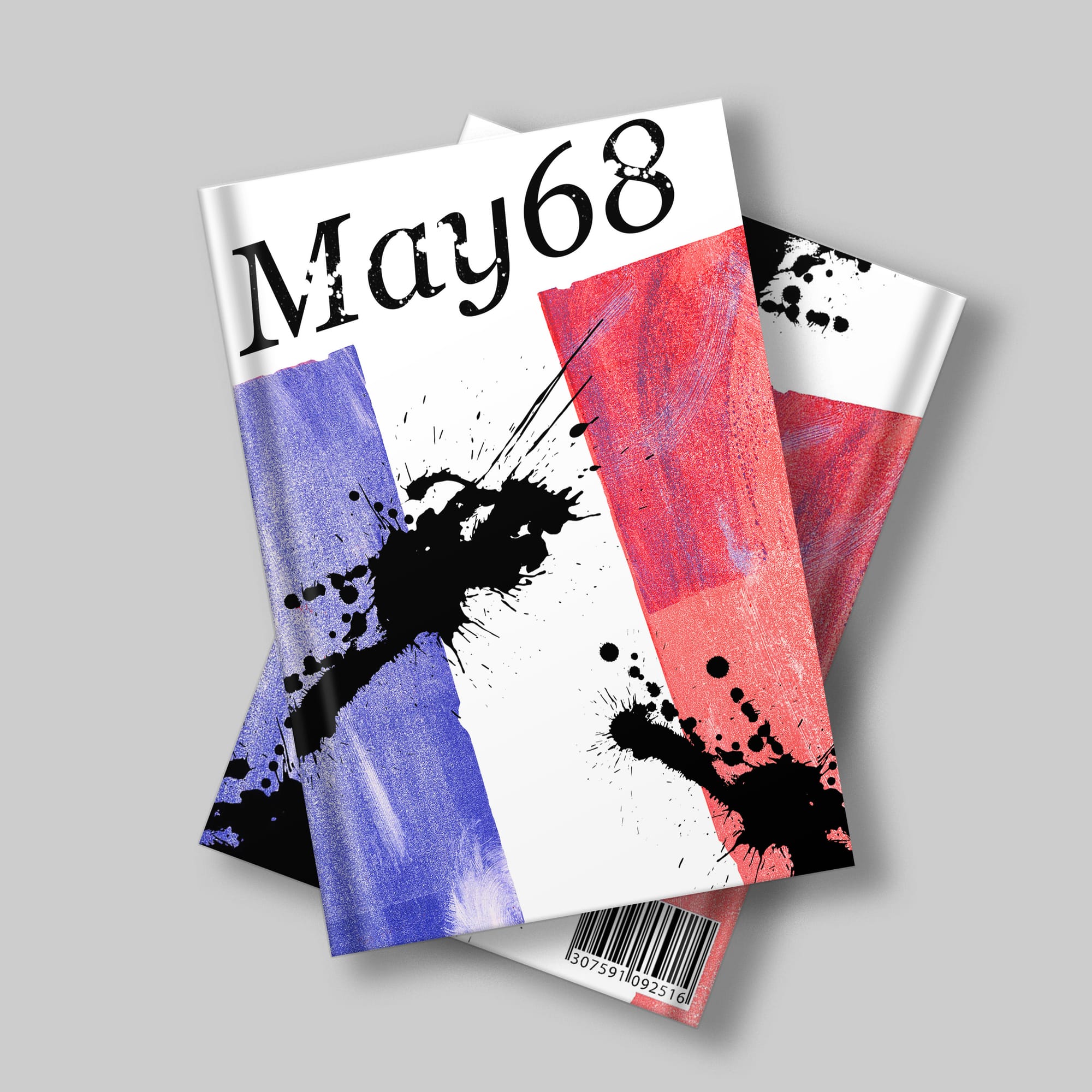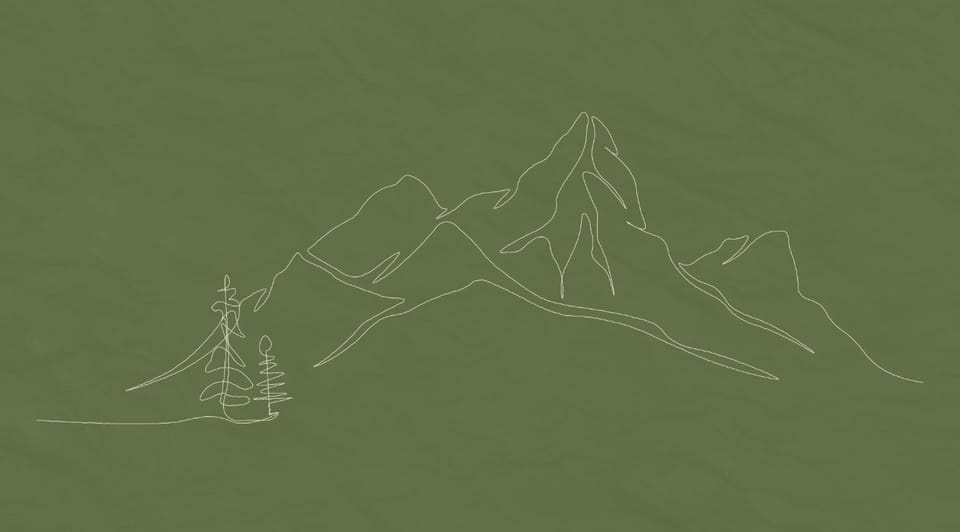Week 2 Task: Reflective Exploration of Emerging Technologies

- Select a Project Choose a project you have completed in the past (e.g., your wayfinding project or book cover module).



- Incorporate a New Technology Select one or more technologies from the seminar (e.g., AI tools, data-driven design, interactive/ immersive media, or AR). Reflect on how these tools could have been integrated into your process.
For my book cover design, I could integrate the following technologies:
AI Tools:
- AI-Generated Visuals: Platforms like DALL·E or MidJourney could create unique illustrations based on book themes, which I could refine and use in the cover.
- AI-Assisted Layouts: Tools like Adobe Sensei could help optimize composition and suggest effective font pairings and colour schemes.
- Typography: AI could suggest stylized fonts that align with the book's tone.
Data-Driven Design:
- Audience Insights: Analysing trends in book cover designs through social media or reviews would help ensure my design appeals to the target market.
- A/B Testing: I could test different cover versions with a sample audience to identify which elements resonate best.
Interactive Media / AR:
- AR Book Cover: Augmented reality could bring the cover to life, providing an interactive, engaging experience for readers.
- Interactive Online Preview: An online version of the cover could allow users to explore different design elements.
By using these technologies, the book cover would be more innovative, data-driven, and immersive, enhancing the reader’s experience and setting the book apart in the market.
- Write a Blog Post Summarise your reflections in 300–500 words
How would the inclusion of the technology have changed the selected project?
Incorporating technologies like AI tools, generative design, or data-driven processes into the book cover design would have allowed for greater flexibility and creativity. For example, using generative design software could have helped produce a variety of layout options, offering new creative directions for the book cover. Variable fonts would also have made the typography adaptable, ensuring consistency across different media and formats. AI-powered tools could automate repetitive tasks like adjusting colour schemes, helping to experiment with diverse design styles based on trends or reader preferences.
What would have been different about the outcome?
The outcome would have likely been more dynamic and varied. AI tools could have led to faster iterations of the design, allowing for more experimentation with layout, colours, and typography. This would enable the creation of several unique variations of the cover, tailored to different audiences or formats. The generative design approach might have resulted in a more visually complex and adaptive cover that responds to the book's themes in a better way. Additionally, the use of data could have ensured that the final design aligns better with reader preferences, enhancing its market appeal.
How might this reflection influence your approach to future projects?
This reflection shows that integrating emerging technologies into my design practice could optimize both creativity and efficiency. In future projects, I might experiment more with generative and data-driven design to explore broader creative possibilities. The use of AI tools could allow me to focus more on refining the conceptual aspects of my designs, as technology takes on repetitive or time-consuming tasks. Overall, it encourages a more experimental and innovative approach to design, blending traditional design skills with cutting-edge technology to push the boundaries of what’s possible.
